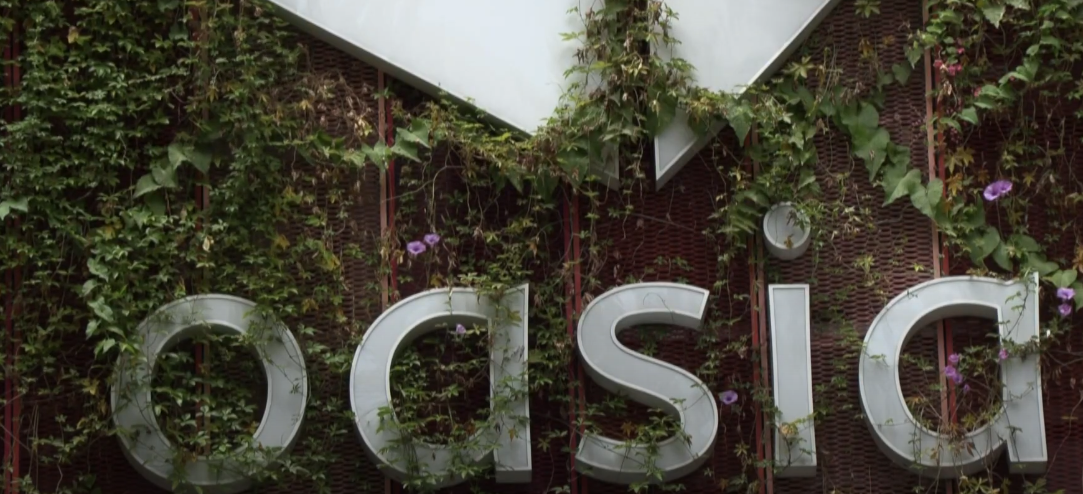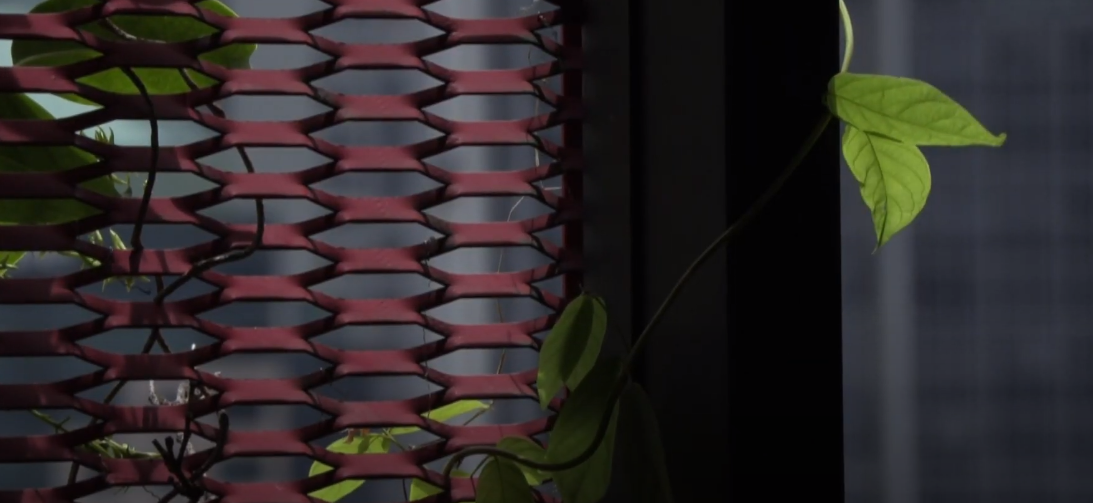Singapore — In the heart of Singapore’s central business district, a tower is adorned with plants that serve more than just aesthetic purposes.
The Oasia Hotel Downtown can be found in Tanjong Pagar and stands out due to its unique appearance.
It is blanketed in thick green foliage which consists of 20 different species of plants. While they do look pleasing to the eye, the plants actually help to keep the building cool.

Known for its humid and warm climate, Singapore has been battling climate change over the last few decades. According to the National Climate Change Secretariat’s (NCCS) website, the annual mean temperature in Singapore rose from 26.9°C in 1980 to 29.0°C in 2020.
Phua Hong Wei, the director of WOHA architects, explains that building facades in Singapore can reach temperatures of up to 45°C. However, the temperature of the Oasia’s façade is around 25°C to 35°C even during noon time when the sun is the fiercest. As such, adding plants to the exterior of the building is a very cost-effective and passive way to keep the building cool.
The plants on the building reduce its temperature by evaporative cooling. The excess water is evaporated and absorbed by the warmed air lingering around the plants.

“This living tower that you see here is an effort to soften the hardness of cities as well as to bring landscaping, gardens, and biodiversity back to the city,” Mr Phua explains.
Singapore might be the twentieth smallest country in the world, but its carbon dioxide emission volumes are massive, placing it as the 27th highest emitter in the world.
As the amount of global carbon emissions continues to increase, scientists are growing anxious about the negative consequences that global warming could bring about.
Sammie Ng, a climate activist, spoke about the importance of extending the lifespan of buildings in an increasingly globalized world.
“Most buildings, about a third of emissions from their life cycle comes from the building process. But in Singapore, it could be to as high as 40 per cent because buildings in Singapore, the lifespan is a lot shorter compared to other countries so I think extending the lifespan of buildings in Singapore should also be a priority.”
You Zi Xuan is an intern at The Independent SG. /TISG

